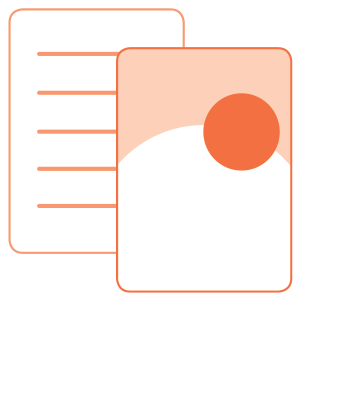
Multi-Stakeholder Approach
The CPA is a multifaceted method that captures the complexity of reality and provides the actors involved with simple outcomes that are needed to act over the specific context. Adapting to a context means to understand the underlying dynamics and thus preventing harm.
What is a multi-stakeholders approach? What is its added value?
The CPA is designed to support a multi-stakeholders approach, which means providing concrete results to ensure coherence, coordination and complementarity of different actors in programs. It does so by taking into account the roles and responsibilities of duty-bearers and perpetrators among the other actors and implementers.
The CPA allows the development of multi-annual strategies (and their yearly update), even in the absence of a donor’s multi-year funding. The CPA supports the use of different projects in a unique multi-annual humanitarian development strategy, ensuring the protection of the population.
Multi-year financing
Every actor uses its own instruments and capacities to intervene.
All the relevant actors (according to the context) are part of the design and implementation of the activities
We relate with the communities, the authorities, the donors,the local NGOs and CBOs, and other INGOs
CPA & Nexus – The CPA supports the use of humanitarian and development projects together in the operations (provides joint assessment and monitoring)
CPA is built to bring organisations together
E-LEARNING PLATFORM
While still focusing on different aspects, INGOs could, through a unique framework of analysis and planning, combine their efforts and messages and have a stronger voice to advocate for change.





